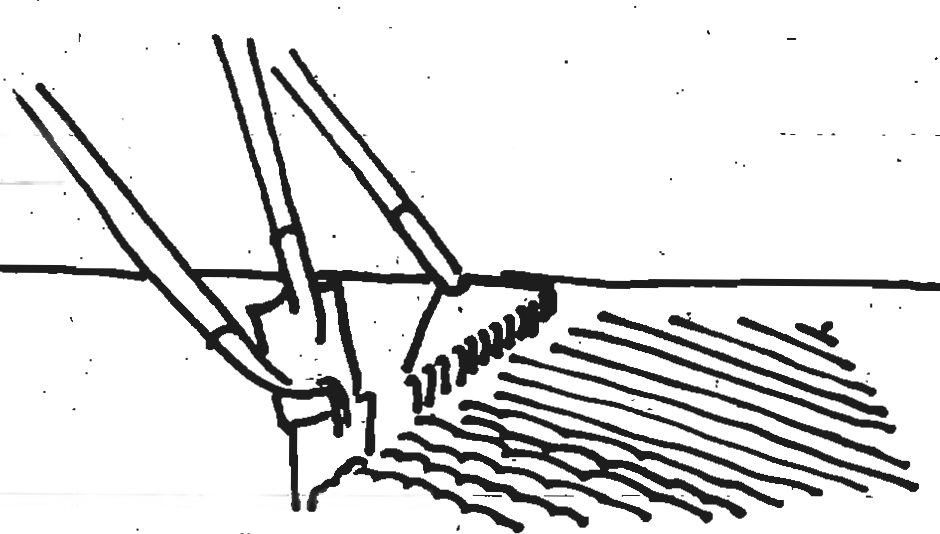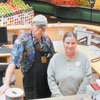
Co-op News Archive | Spring Quarterly 2019
Start Now to Grow Your Own
From the Co-op News Archive, April 1976

Wouldn’t you like to provide yourself with an abundant supply of fresh, tasty, nutritious vegetables – free from residues of chemical fertilizers and pesticides? Wouldn’t it be nice to work outdoors, in cooperation with nature, on a productive activity which is also relaxing and centering? And at the same time, make yourself more self-sufficient, help undermine corporate growing, and increase the world’s food supply? You can accomplish all these things, and probably save some money on your food bill too, by having a vegetable garden. This article will tell you how.
Assuming that you have some land available to garden, a small plot of land about 10’ x 10’ will do, the first step is to decide which vegetables you like and which are suitable for the season and the area in which you are gardening. Root vegetables like carrots, turnips and radishes, and leafy vegetables like lettuce, chard and spinach can be planted in the spring – now is a good time. Warmth and sun-loving vegetables like tomatoes, squash, peas, beans and corn can be planted in May and should receive a good deal of direct sun.
The next step is to plan the layout of your garden and prepare the soil for planting. Choose a sunny spot, ordinarily on the south or west side of your land, an area away from trees, with water easily available.
Unless we have a very rainy spring, your soil should have dried out enough to work with by early or mid-April. California soil, generally, and this is true in most parts of the north coast, has a high clay content and needs to be thoroughly worked – by turning over and breaking up the soil and then adding organic soil amendments. If you live near the ocean, like Manila or Samoa, your garden will probably have sandy soil. Adding soil amendments to it will stabilize the soil and improve water retention. Both types of soil need organic matter – humus provided by soil amendments. Manures, compost and mulches are good sources of humus.
 Except for tomatoes and onions, your vegetables can easily be grown from seeds. Hybrid seeds are usually superior to non-hybrids in terms of yield and disease resistance. The Arcata (and Eureka) Co-op has a good selection of seeds. You will also need some basic tools for preparing the soil, planting and tending your vegetables; these include a shovel or spade, rake, hoe, hand trowel and weeding tool.
Except for tomatoes and onions, your vegetables can easily be grown from seeds. Hybrid seeds are usually superior to non-hybrids in terms of yield and disease resistance. The Arcata (and Eureka) Co-op has a good selection of seeds. You will also need some basic tools for preparing the soil, planting and tending your vegetables; these include a shovel or spade, rake, hoe, hand trowel and weeding tool.
To plant vegetable seeds, dig six-inch-deep furrows three feet apart, and use the soil from the furrow to make a bed on each side. The furrows can be used as irrigation ditches and the spaces between them will be wide enough to allow you to tend your vegetables. Now make a long, shallow ditch on each bed using your finger or the corner of a hoe. Follow your seed package directions about how deep and how thickly to seed. When seeds are in the bed, cover them with loose earth and press down lightly.
Your seeds must have sufficient water in order to germinate properly so keep the ground moist but don’t overwater which may cause seeds to rot. If rainfall is not adequate, water with a fine mist spray from a hose nozzle. After the seeds have germinated and the plants are maturing above ground, change to watering by irrigation.
After you have prepared the soil and planted the vegetable seeds, much of your work is done. But remember that regular maintenance of your garden- watering and weeding- will insure a good crop and will also minimize such potential problems as pests and disease.





